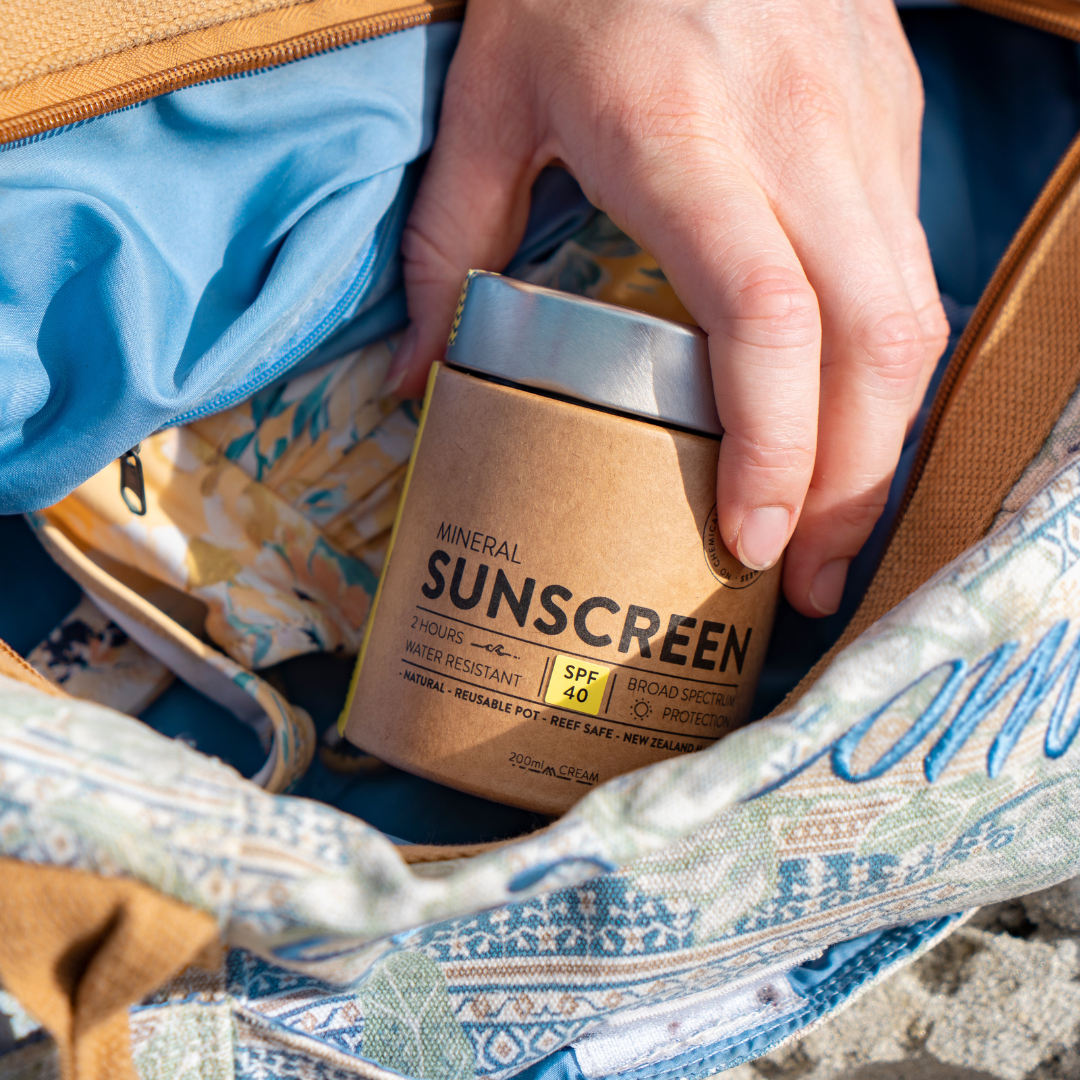News
Why We Welcome The New NZ Sunscreen Regulations
This is a great step in right direction for sunscreen regulations here in NZ, and is welcomed by us with open arms. We want to reassure our Customers that our products are already fully tested by Eurofuns in Australia to comply to the 10 subject testing requirements and has been from the beginning, so nothing changes for us. For some other sunscreen companies however, it may not be so simple.
Why Chemical Sunscreens are bad for the Planet
Many of us are looking forward to borders opening and travel restrictions lifting. Like people all over the world, New Zealanders are dreaming of spending days on the beach and soaking up some much-needed vitamin D on tropical beaches. Recent studies have found that sunscreen chemicals in many popular products actually hurt corals. The main chemical culprits are oxybenzone and octinoxate, which convert sunburn-causing UV rays into harmless heat on human skin. Coral-killing chemicals like oxybenzone and octinoxate are found in 97% of sunscreens on the market. These compounds can biomagnify, which means that their concentration in the...
Why Do We Burn More in the Southern Hemisphere?
Sunburn is caused by exposure of UV light. UVB and UVA rays penetrate the skin causing redness, itching and irritation. There are three key factors that cause us Kiwis to burn more than our friends on the other side of the world. The first key factor is the way in which the Earth orbits the Sun. Most people do not know that the Earth orbits the Sun in an ellipse, not a circle. As the Earth orbits the Sun it experiences the closest point of approach in December and January, which is the southern hemisphere of summer. The furthest...
Mineral vs Chemical Sunscreen, do you know the difference?
Mineral sunscreens are made up of either one or both active ingredients being either Zinc Oxide or Titanium Dioxide. These active ingredients are considered a "physical blocker" in simple terms they sit "on top" of your skin and create a barrier to reflect away UV rays, they act as a shield for the skin and are not absorbed into the body. Chemical sunscreens penetrate the skin. They work by absorbing UV rays and converting them to a small amount of heat, which the body releases. Some active ingredients in chemical sunscreen have been grave concerns in its ability to...




